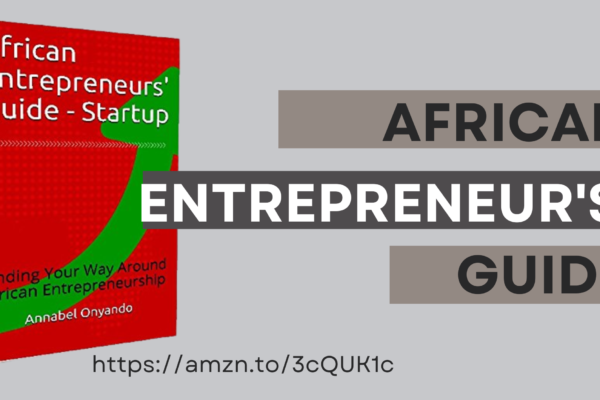In this the information age, the more we know the more we need. Information is more than ever, crucial for every entrepreneur to make wholesome decisions. Without information, we are limited in knowledge and, therefore, cannot make the right decisions. It is said information is the key to success however if this were true most people would be successful as the number of experts we have around is amazing. It is important to understand that information while crucial is not in itself the key to success. It is the information that you can act on effectively that is the key to success.
Getting information may seem easy in an era where one can Google and get answers on almost any topic known to man. However, every person, business, and the situation in life is different. Meaning, the solution to problems is more complex than they ever were. One needs to know and understand, yet watch out for information analysis paralysis. For example, when choosing to go into a business, you need to know the business. This could mean the technology, trends in the industry, your competition, the market. Now when you Google you may quickly find the initial straight answers … or not, and as you find out more, you may discover there is a lot you do not know. How much of this information is necessary for you to go into the business. How much will you be able to apply to make good decisions?
Too much information incapacitates you and you may end up being too terrified to move on. It is very similar to the difference between a child and an adult; when you know how difficult it is to make money, your dreams of owning the Ferrari you dreamt of as a child disappears. Now when you want to go into business you don’t want to be as ignorant as a child, neither do you consider the skeptic inertness of an adult attractive. Limiting the information you need to answer the crucial questions what, why, how, how much, and when is often enough to get you started. The rest is details. The framing of your questions is influenced by the key success factors in your industry. This helps you address the right questions and get data that is relevant. This is how investors are able to make quick decisions on whether or no to invest in a business all things (the entrepreneur in this case) being equal.
For example; you are in clothing production everyone – wears clothes. Lack of information would make you think everyone is your customer. We all know that this is not true. So, you need to start by carefully framing your question. What are the key success factors in the fashion industry? Who is your customer? What do they do, wear, what is their budget, where do they buy now, what are the trends, etc? Knowing what you are capable of helps you match your answers to these questions and find your niche. Now this information alone and knowing how it applies to your business will not make you successful. The next step is to act on it.
Having known your niche, it is necessary to apply this information over and over again and continuously update data; trends change because human beings and cultures are not static. Case in point, the amount of money available to teenagers 10 years ago is not the same today, and children have become more influential in making decisions that affect them. When coming up with your marketing plan, advertising, and branding, different market segments and strategies will determine the data you need and what you can apply.
Tailor your own set of data. If you were to only rely on data information from historical sources you may find that you are always following trends and not influencing trends. This means you will not be the business or person getting royalties and licensing deals. To be that business, a different set of skills comes in. Creative thinking or innovation, understanding trends, and setting trends. Where is the information available that will help you make choices on what innovations to explore and which ones to ignore if you are intending to get into the innovative business? – which you should. A couple of things to consider are media, traditions, and belief systems. This coupled with historical facts and a current need is a good recipe for innovative ideas and or setting trends.
1. First, what is circulating in the media…surprisingly people believe that stuff as fact though they know media can be manipulated! When there is mass thinking in a certain direction this will influence what people do, eat, and wear amongst other things.
2. Traditions also influence innovation so information on what different behaviors and attitudes people have will influence whether or not a new way of doing things has traction or not.
3. Finally, belief systems which may not be reflected in the media but show up in how people live their lives generally. You may not notice how many religions there are in a country from media articles but when you live in a place see people go to temples, mosques, and churches. And of course, observe their behavior.
All these things and to some a significant extent depending on industry, politics, and financial climate, impact people’s minds and influence whether or not people will accept your creation. Apart from this, other factors like ease of use and ease of transition from what they currently use also play a significant role if you are to be a trendsetter.
Applying the information you have to create a good business is great. Eventually, you have to inform people of what you have for them. Information is used to market your company, create cordial business relationships. All this advertises you and your business and creates your brand. What you communicate should touch your target client’s heart and ignite their spirit. This creates a thirst within people to expand their capacity and explore your product or service.
So, whatever you do with the information, whether you are sharing it, seeking it, or using it, needs to be relevant. Not all information is useful but information well-acted upon makes the difference between ordinary and extraordinary, a leader and a follower, a Millionnaire, and the regular guy.
Like, Comment and Subscribe





